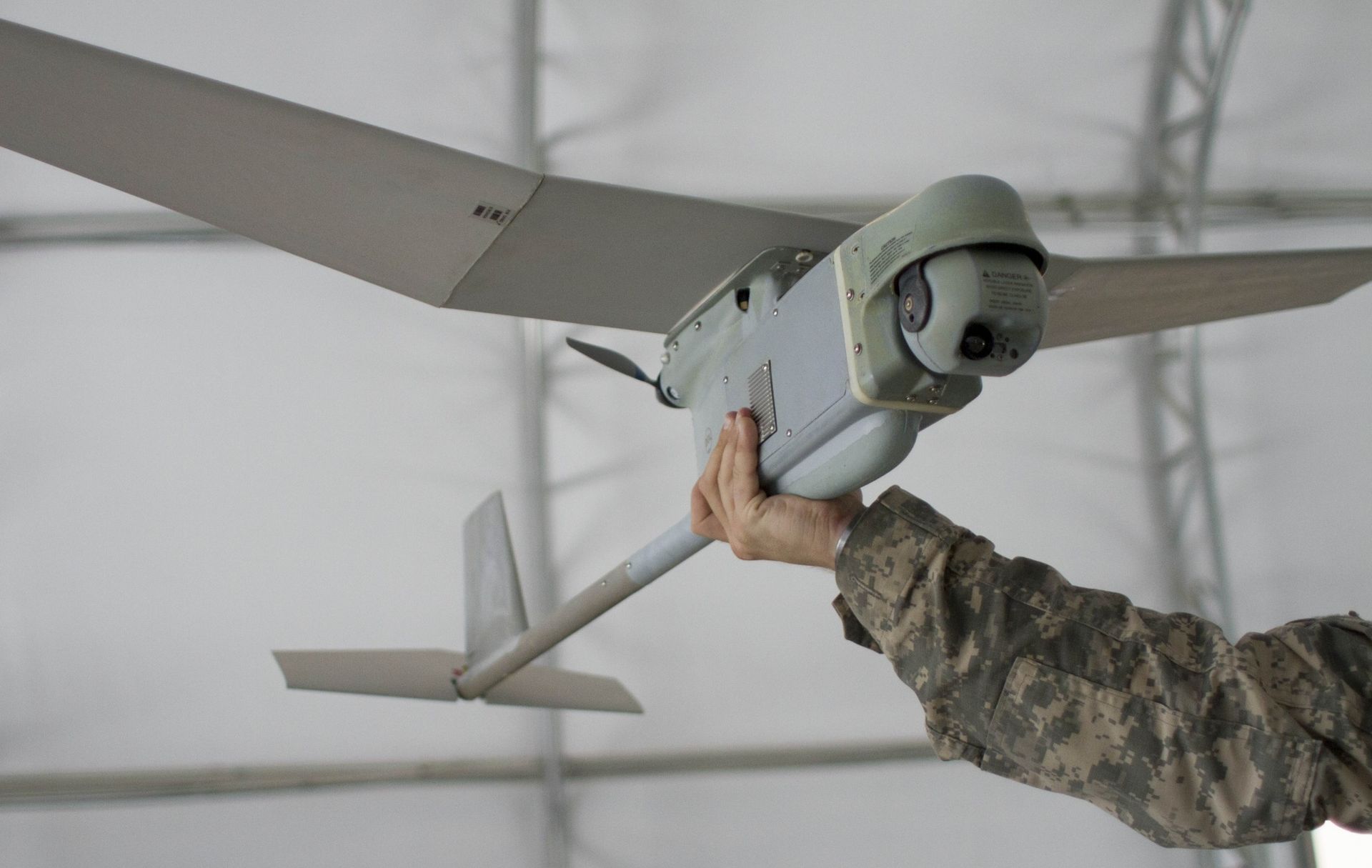FORT HOOD, Texas: Selected units received an upgrade to their Raven unmanned aerial systems during an initiative here last week.
The upgrade, dubbed the Raven Gimbal, is a new payload for the Raven R-11B Small Unmanned Aircraft System – a small, hand-launched reconnaissance and surveillance tool.
“The Gimbal system replaces the old, fixed camera, where the operator had to move the bird around to see different directions,” said Spc. Gilbert Reyna, a San Antonio-native and cavalry scout with Comanche Troop, 6th Squadron “Saber,” 9th Cavalry Regiment, 3rd Armored Brigade Combat Team, 1st Cavalry Division. “With the new payload, you can now simply rotate the camera 360 degrees in a matter of seconds.”
The Raven transmits live, airborne video images, compass headings, and location information to a ground control station, laptop, and remote video terminal, enabling operators to navigate, search for targets, recognize terrain, and record information for analysis.
Throughout the week, Soldiers swapped out their former systems for the new Gimbal payload, and received familiarization training to quickly learn how to successfully operate the equipment, said Sgt. Shane Burroughs, a unit supply specialist with Troop C, 6-9 Cavalry.
“This upgrade will make the whole reconnaissance world more effective,” said Burroughs, a Fort Bragg, North Carolina-native. “It will provide better capabilities to units as a whole.”
In addition to the 360-degree view the Gimbal offers, its infrared capabilities are now more efficient as well, said Staff Sgt. Brent Mann, an infantryman and master small unmanned aircraft systems trainer with 3rd Armored Brigade Combat Team.
“We are getting better surveillance now when we launch the Raven,” the Wichita Falls, Texas-native said. “We no longer have to bring the Raven down to switch from daytime to nighttime infrared cameras, as it has both capabilities. We can run twilight missions all at one time, and switch between white hot, black hot, and colored cameras all in one setting.”
The new payload also replaces the previous camera system with a single, front mounted lens, Mann said.
“The last system had stationary front and side cameras,” he said. “This replaces both front and side mounts. It makes it easier for Soldiers to stay on target.”










